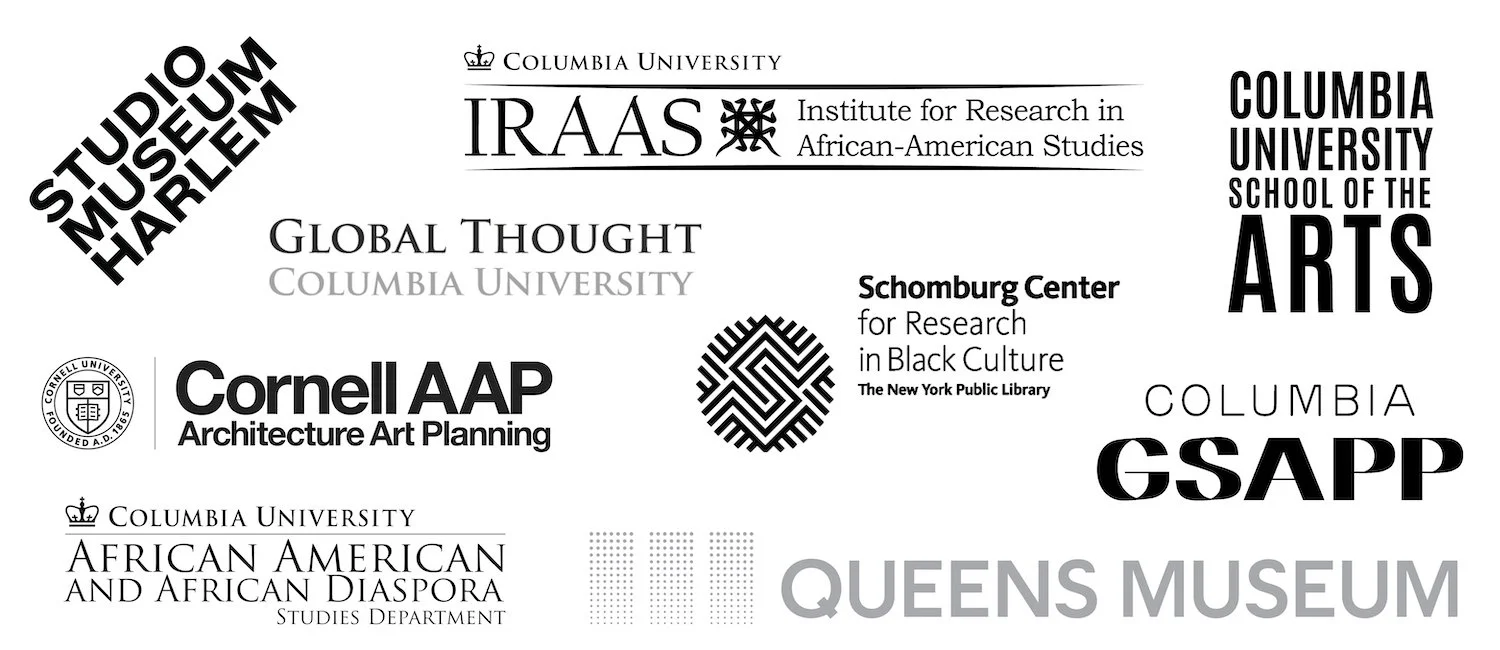This conversation explored the history, form, and process behind the creation of the powerful new Memorial to Enslaved Laborers at the University of Virginia. The grounds—designed by Thomas Jefferson and now recognized as a UNESCO World Heritage Site—were built and maintained by 4,000 enslaved men, women, and children. The memorial features marks and the names of these individuals carved into granite. It was designed with input from their descendants and Charlottesville community members, turning “grief for a hidden past into a healing space,” according to The New York Times.
Speakers:
Gregg Bleam, Gregg Bleam Landscape Architect
E. Franklin Dukes, Institute for Environmental Negotiation, University of Virginia
Eric Höweler, Harvard University Graduate School of Design and Höweler + Yoon
Eto Otitigbe, Department of Art, Brooklyn College
Diane Brown Townes, Charlottesville community member
Mabel O. Wilson, Columbia University Graduate School of Architecture, Planning and Preservation and the Department of African American and African Diaspora Studies
J. Meejin Yoon, Cornell AAP | Architecture, Art, Planning and Höweler + Yoon
Introduced and moderated by Farah Jasmine Griffin, Department of African American and African Diaspora Studies, Columbia University
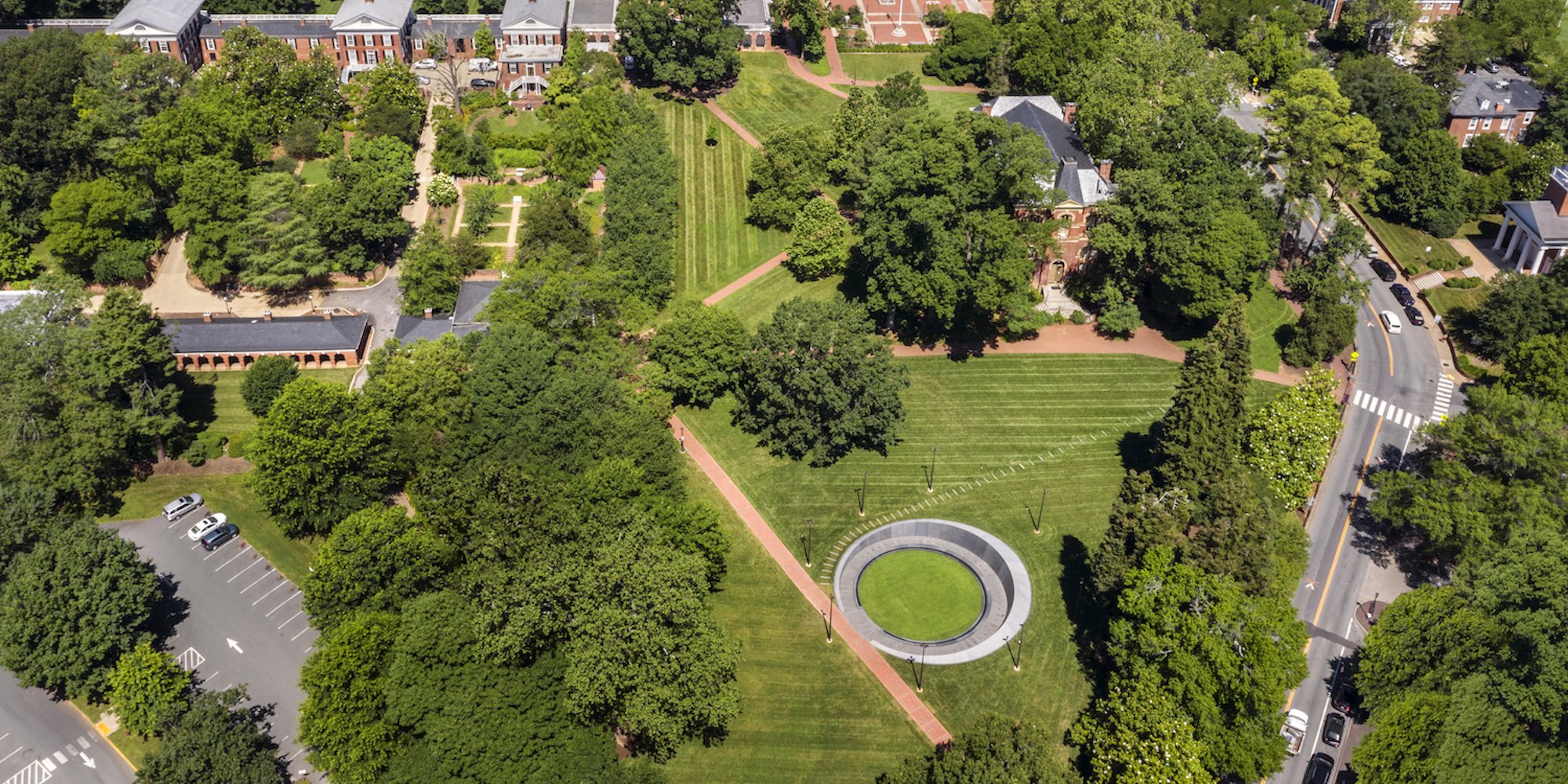
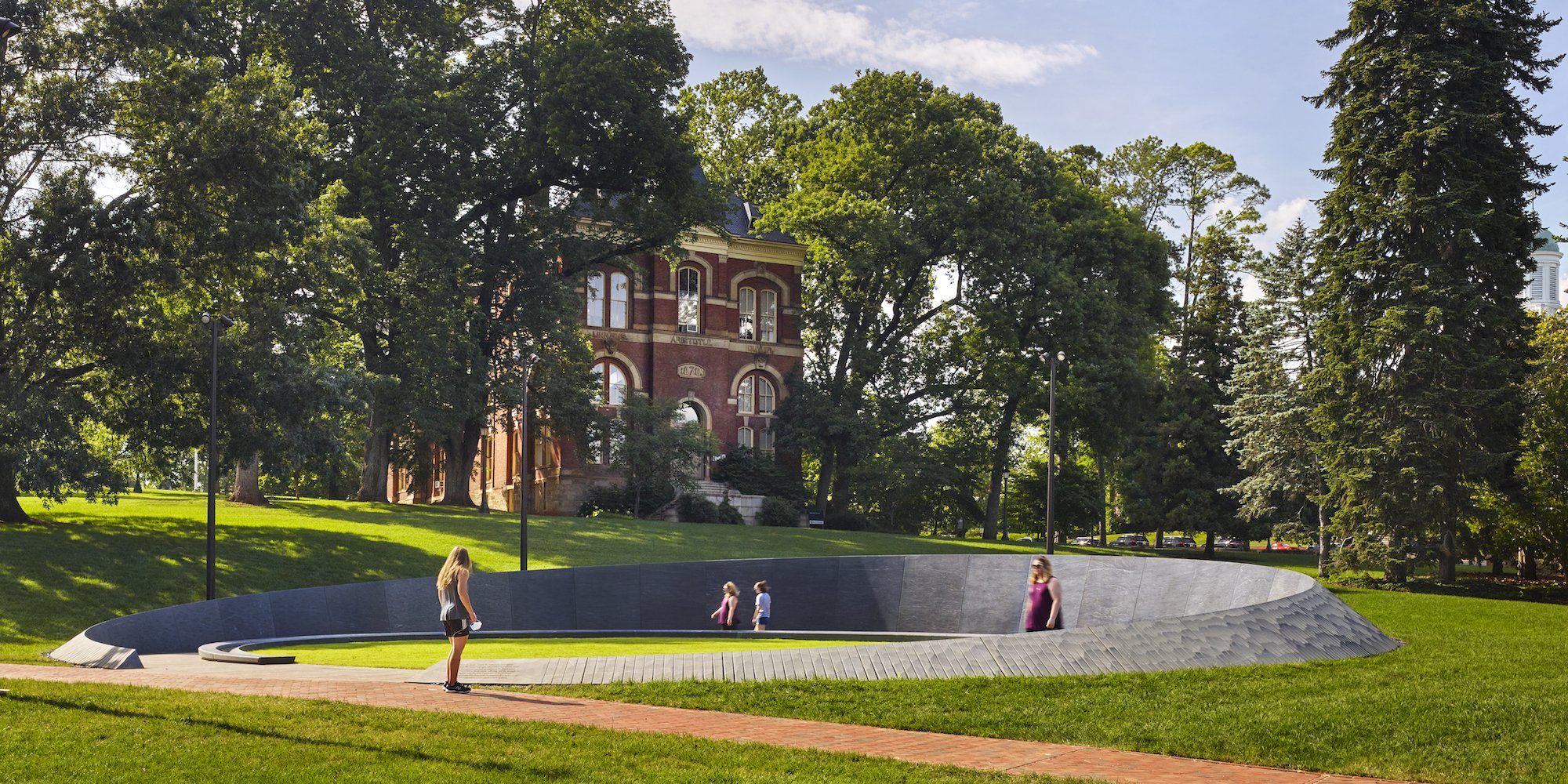
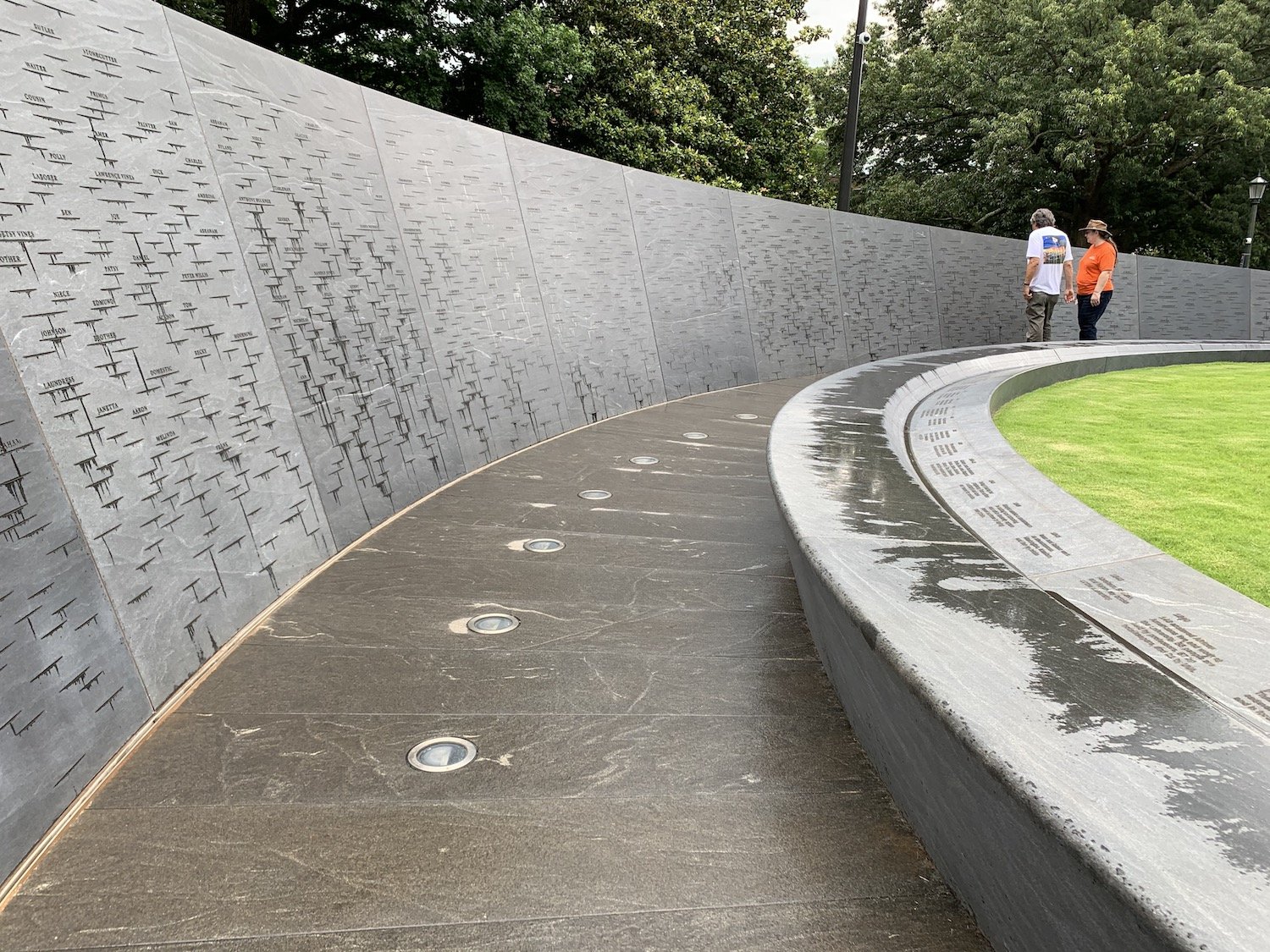
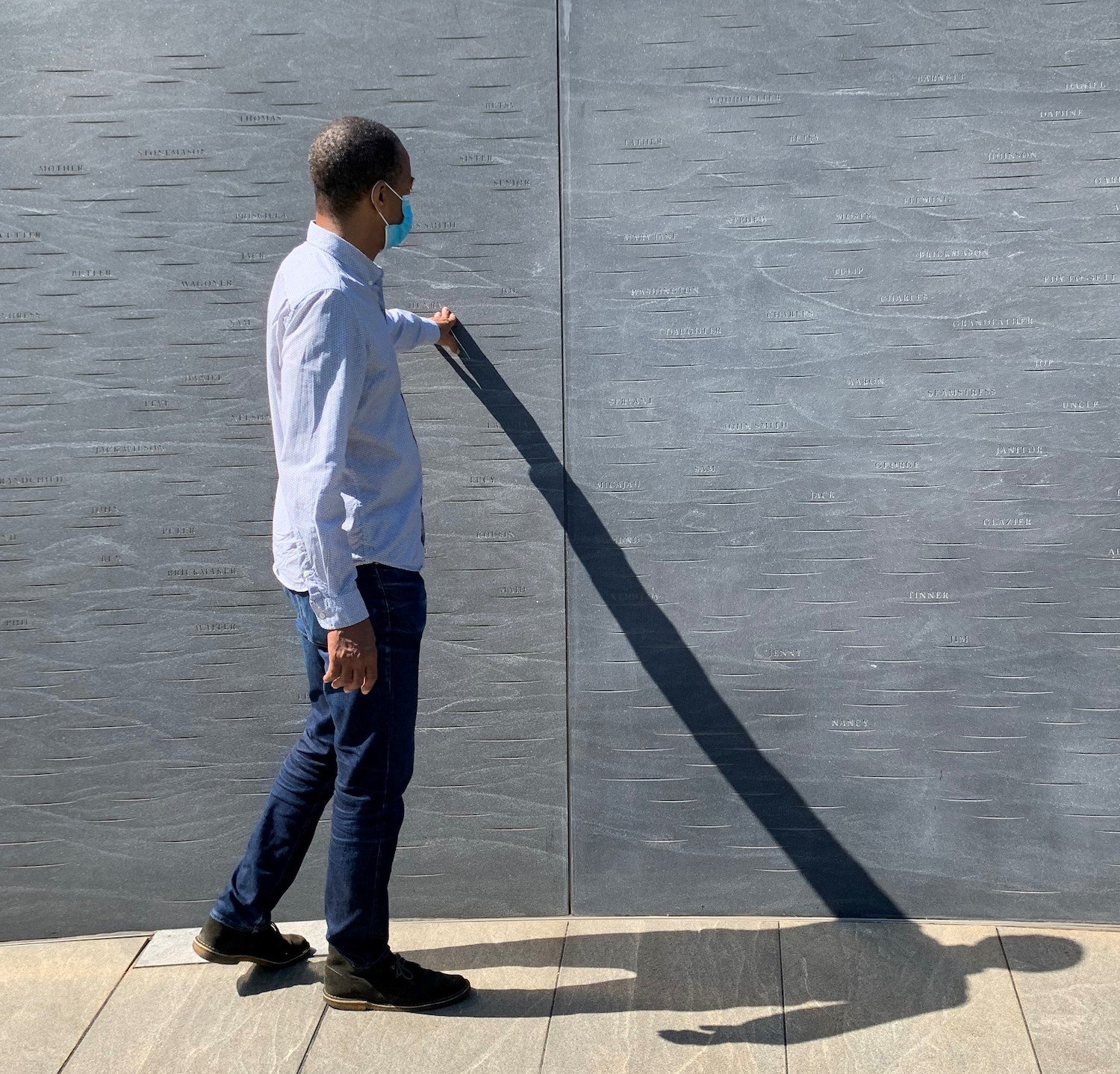
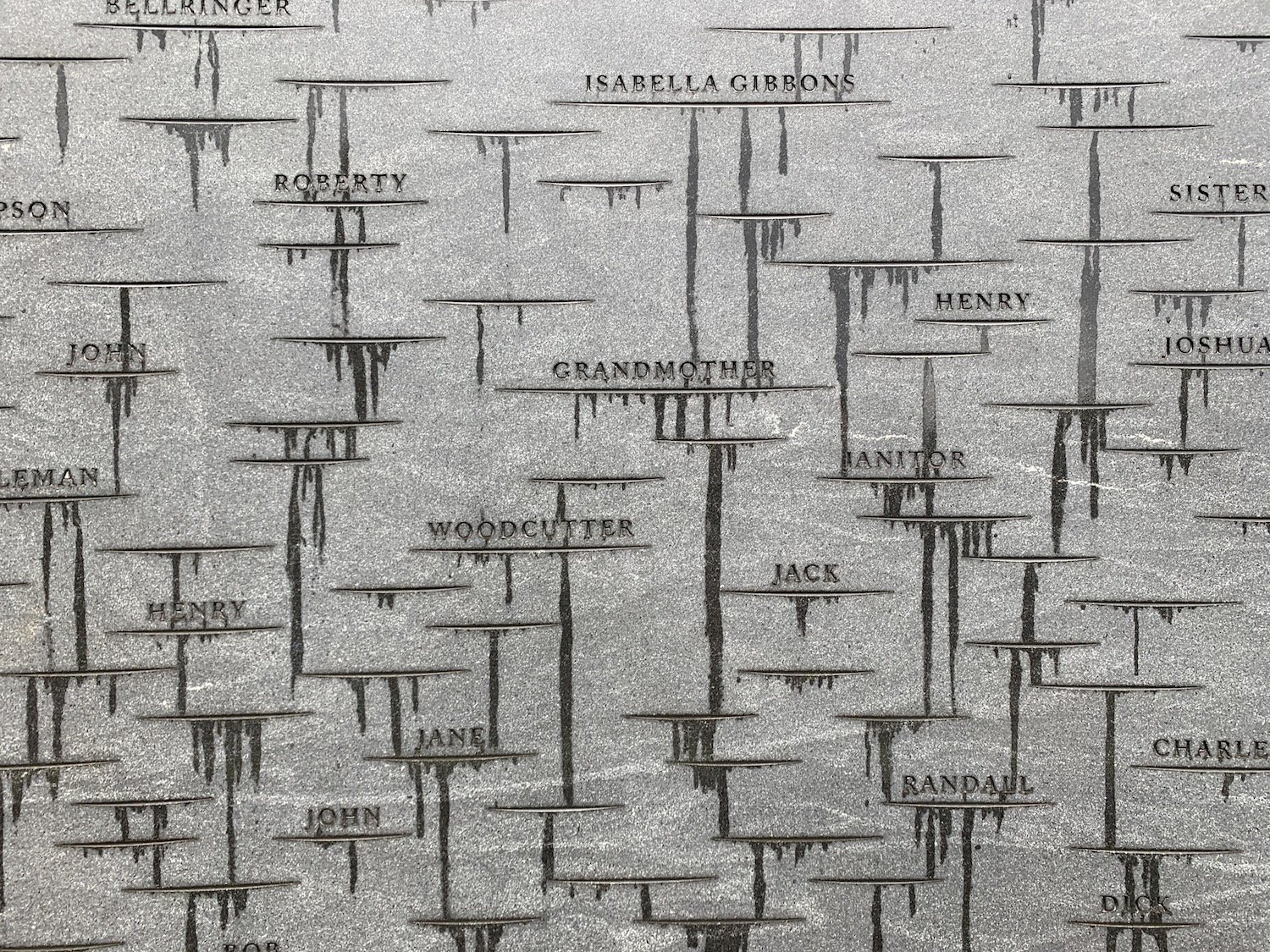
Co-presented by Columbia University Graduate School of Architecture, Planning and Preservation; Columbia University School of the Arts; Committee on Global Thought; Cornell AAP | Architecture, Art, Planning; the Department of African American and African Diaspora Studies; the Institute for Research in African-American Studies; the Lapidus Center for the Historical Analysis of Transatlantic Slavery at the Schomburg Center for Research in Black Culture; The Studio Museum in Harlem; and the Queens Museum.


